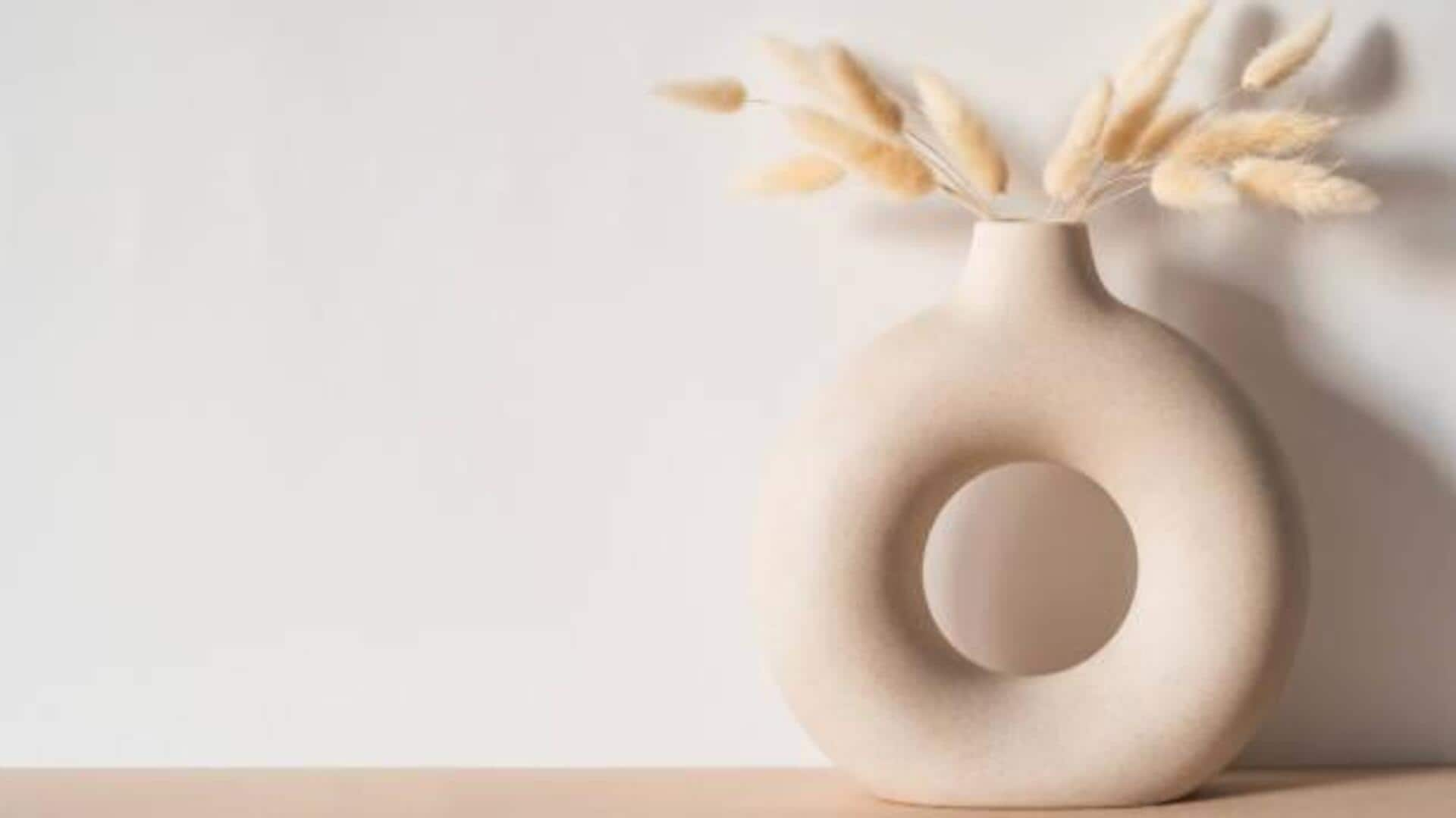
How ceramic art is changing the decor game
What's the story
African ceramic art styles have been making waves in global interior design trends. With their vibrant colors, intricate patterns, and cultural significance, these art forms are slowly being integrated into modern interiors around the world. The unique aesthetics of African ceramics provide a fusion of tradition and contemporary design that appeals to varied tastes. Here's how they're shaping global interior design trends and what makes them special.
Patterns & textures
Bold patterns and textures
We all know how African ceramics are known for their bold patterns and textures. The designs are often made with geometric shapes, lines, dots, etc., that make them visually striking. The use of texture also adds depth to the ceramics, making them visually appealing as well as tactilely engaging. This pattern and texture combo is being embraced in global interior design, adding character to spaces.
Earthy colors
Use of earthy tones
The color palette in African ceramic art primarily consists of earthy tones like browns, reds, yellows, and blacks. These colors are a reflection of the natural environment and materials used in traditional African pottery-making processes. In the global interior design trends, the earthy tones are preferred as they create warm and inviting atmospheres inside homes.
Cultural symbols
Cultural symbolism in design
Many African ceramic pieces feature cultural symbols that hold deep meaning in different communities across the continent. These symbols can signify anything from fertility to protection, or community values. As these designs become popular around the world, they also come with stories and meanings that lend depth to interior spaces, beyond aesthetics.
Sustainability focus
Sustainable craftsmanship practices
African ceramic art frequently utilizes sustainable craftsmanship practices with locally sourced materials such as clay from riverbeds or termite mounds, and plant or mineral-based natural dyes from the surrounding area. Artisans work traditionally with no industrial machinery involved in the production process. This suits the increasing demand for eco-friendly products among consumers globally today. They want environmentally conscious options when decorating their homes, too!